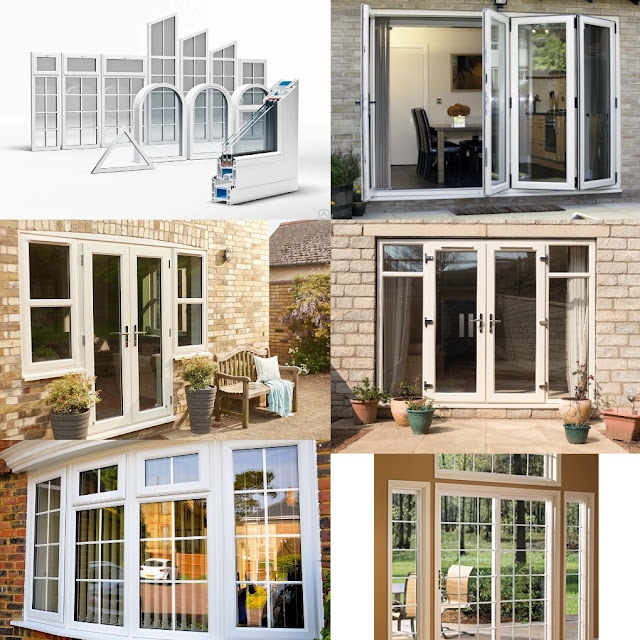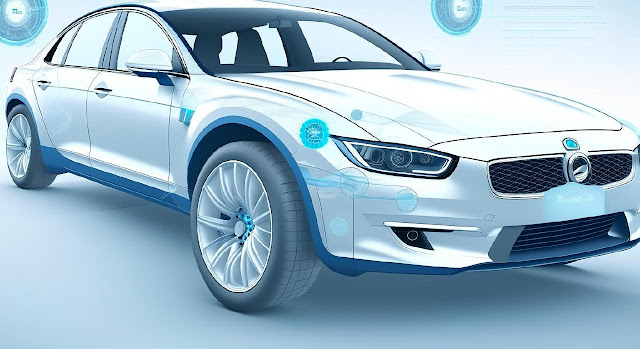A Journey Through the History of uPVC (or PVCu)
uPVC (unplasticized polyvinyl chloride), also known as PVCu (polyvinyl chloride unplasticized), has an interesting history that spans several decades. The material has become widely used in various industries, particularly in the construction sector, due to its durability, versatility, and cost-effectiveness.
Early Development
The history of PVC dates back to the 19th century when scientists began experimenting with vinyl chloride. However, the early attempts to create a useful material were not successful due to the challenges of stabilizing the polymer. It was only in the early 20th century that Waldo Semon, an American researcher, discovered a way to plasticize PVC by incorporating additives. This breakthrough allowed for a more flexible and usable form of PVC, and it found applications in various products such as shoe soles and cables.
Emergence of uPVC
In the mid-20th century, the idea of removing plasticizers from PVC to create a rigid and more robust version emerged. The unplasticized polyvinyl chloride (uPVC) was developed by Henry Victor Regnault and Eugen Baumann in the 1920s. However, it was not widely adopted until later years.
Post-WWII Boom
After World War II, the construction industry experienced significant growth, leading to an increased demand for durable and cost-effective materials. uPVC's non-corrosive and weather-resistant properties made it an attractive choice for various building components, such as windows, doors, gutters, and pipes.
Advancements in the 20th Century
Throughout the latter half of the 20th century, advancements in uPVC technology continued to improve its properties. Manufacturers developed methods to strengthen the material, making it more impact-resistant and thermally efficient. These developments further solidified uPVC's popularity as a practical and sustainable building material.
Environmental and Energy Efficiency Benefits
uPVC gained additional traction in the late 20th and early 21st centuries as environmental concerns and energy efficiency became paramount. uPVC's recyclability and energy-saving properties, such as its excellent insulation capabilities, positioned it as a green alternative to traditional building materials like wood or aluminum.
Contemporary Use
uPVC has firmly established itself as a leading building material in modern construction. Its widespread use is attributed to its versatility, durability, and eco-friendly properties, making it an attractive choice for a wide range of applications. In this article, we explore the various contemporary uses of uPVC and delve into the reasons behind its popularity in today's construction industry.
Windows and Doors
uPVC windows and doors have become ubiquitous in residential and commercial buildings. Their exceptional thermal insulation properties, weather resistance, and low maintenance requirements have made them a top choice for energy-efficient and aesthetically pleasing fenestration solutions.
Pipes and Fittings
uPVC's non-corrosive nature and chemical resistance make it ideal for plumbing systems. Pipes and fittings made from uPVC are used for water supply, drainage, and wastewater management. They offer a long lifespan and do not degrade or rust, ensuring reliable and leak-free performance.
Roofing and Cladding
uPVC is increasingly used for roofing and cladding applications due to its lightweight yet robust nature. It provides an excellent alternative to traditional roofing materials, offering enhanced thermal efficiency and protection against weather elements.
Siding and Fascia
In siding and fascia applications, uPVC provides a durable and attractive option. Its ability to withstand harsh weather conditions, such as UV radiation and moisture, ensures a long-lasting, maintenance-free exterior finish for buildings.
Gutters and Downspouts
uPVC gutters and downspouts are widely utilized for efficient rainwater drainage systems. Their corrosion resistance and seamless design help prevent leaks and ensure reliable water management.
Electrical Conduits
uPVC's insulating properties make it an excellent choice for electrical conduits. Its ability to protect electrical wiring from moisture and other environmental factors enhances the safety and reliability of electrical installations.
Greenhouses and Conservatories
uPVC's exceptional thermal properties lend themselves well to greenhouse and conservatory construction. These structures benefit from the material's insulation, creating a controlled environment for plant growth and year-round use.
Fencing and Railings
uPVC fences and railings offer a low-maintenance and durable solution for property boundaries and safety installations. They are resistant to rot, fading, and termite damage, ensuring a long-lasting appearance.
Interior Design and Decor
uPVC's versatility extends to interior applications, where it is used for wall cladding, ceiling panels, and decorative elements. Its availability in various colors and finishes allows for creative and stylish interior designs.
Environmental Sustainability
Apart from its diverse applications, uPVC is prized for its eco-friendly characteristics. The material is fully recyclable, contributing to waste reduction and promoting a more sustainable building industry.
The history of uPVC (or PVCu) spans over a century, starting with the early development of PVC and its plasticized forms. The discovery of unplasticized PVC brought about significant advancements that led to its widespread use in construction and other industries. Its popularity continues to grow due to its numerous benefits, making it a reliable and sustainable material choice for various applications.




Комментарии
Отправить комментарий